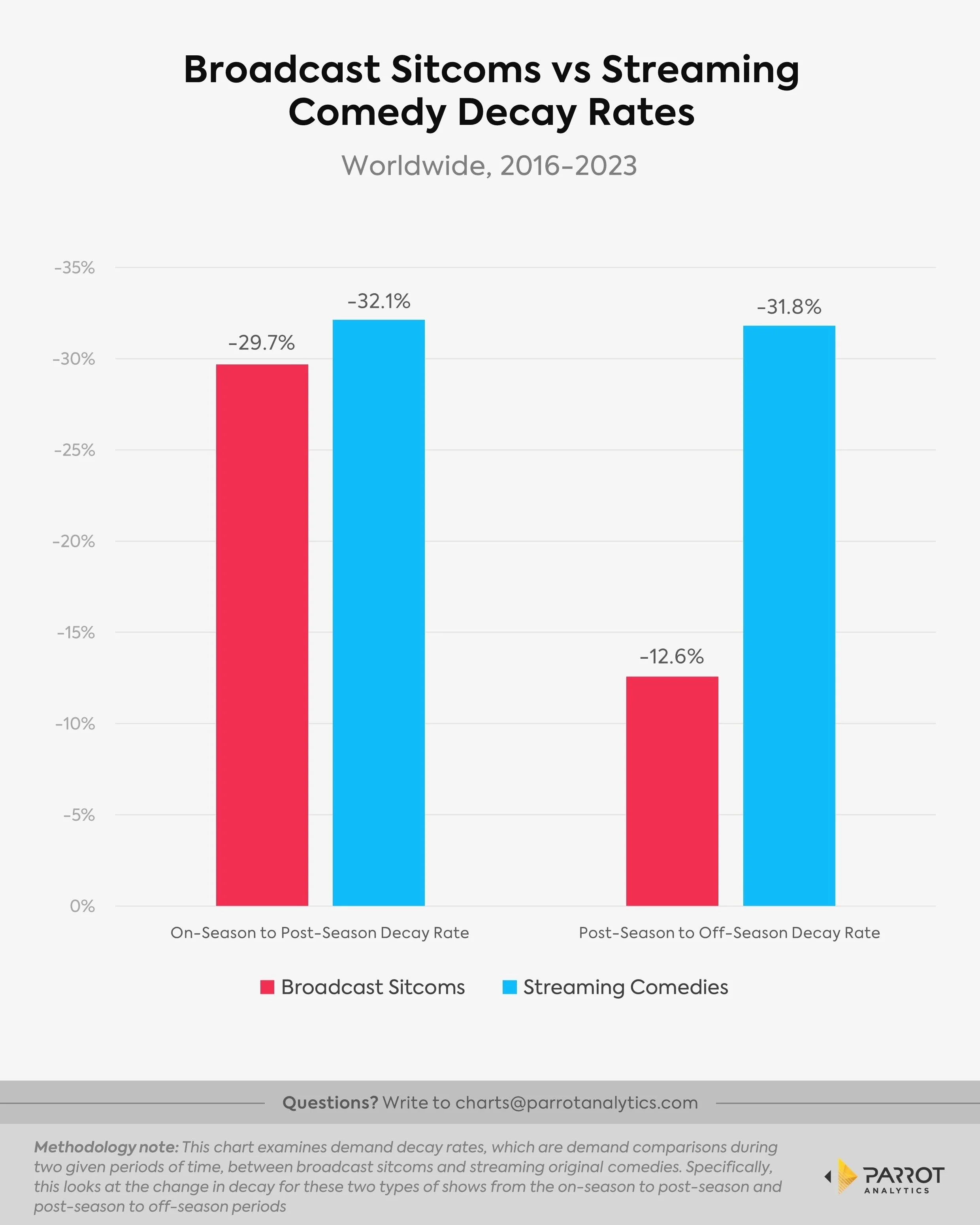Reboots And Reruns: Streaming’s Search For Sitcom Success
In the streaming industry, there are two undisputed truths that are at odds with one another:
Sitcoms are massively valuable contributors, as evidenced by the envy-inducing nine-figure licensing deals doled out for the likes of Friends, Seinfeld, The Office, The Big Bang Theory and others.
Streaming services have struggled mightily to develop original hit sitcoms.
Yes, I know Apple TV+’s Ted Lasso and Hulu’s Only Murders in the Building are as popular as they come. But the former is more of a dramedy that saw its final season episodes range from 43 to 63 minutes long while the latter is a comedic murder mystery. Both funny? Absolutely. But traditional sitcoms? Not a chance.
It’s an issue some streamers have attempted to solve with revivals (Fuller House, Saved by the Bell, Frasier) and reboots (One Day At a Time) to varying degrees of success, as well as a growing graveyard of failed newbies (RIP to one-season misses such as The Crew, Reboot, Country Comfort, etc).
The reason streaming keeps trying to crack the original sitcom code underscores the value these shows can generate. When looking at the on-season to post-season transition, broadcast sitcoms experience an average 29.7% decay rate in their demand while streaming comedies suffer a slightly larger drop at 32.1%, according to Parrot Analytics. When looking at the decay rate from post-season to off-season, broadcast sitcoms average just a 12.6% decay rate in demand while streaming comedies are at a whopping 31.8%. In both instances, broadcast sitcoms more effectively sustain demand over longer periods of time, implying a longer-tail of engagement and buzz.
Broadcast sitcoms traditionally include between 18-22 episodes that air from September to June, with a mid-season hiatus, under normal scheduling circumstances. This creates shorter off-seasons than streaming sitcoms which are between 10-12 episodes that show up at random times of year, which likely explains why broadcast sitcoms have higher viewer retention. The streaming industry has largely moved away from complete binge releases with even Netflix now releasing its biggest scripted series in batches while select unscripted shows receive weekly releases. More and more, streaming is embracing common practices of linear TV, which could (and arguably should) soon include more traditional sitcom development and scheduling.
Churn was on the rise industry wide in 2023 while content budgets continue to come back down to earth. Broadcast TV is increasingly de-emphasizing scripted content in favor of more cost-effective unscripted programming. Given all this, the reliable consistency of ongoing sitcoms is arguably more meaningful than ever. The genre will soon become a necessity for streaming original strategy once the well of linear TV licensees runs dry.


